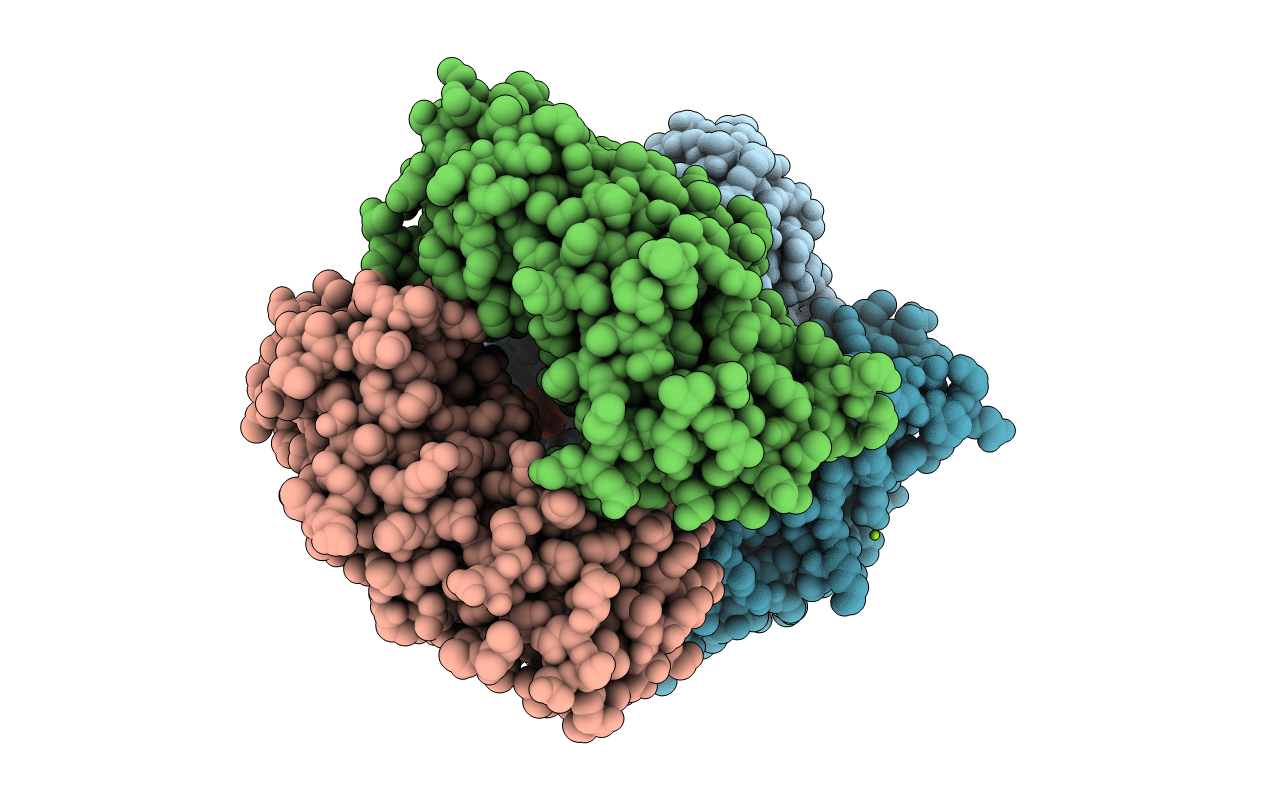
Deposition Date
2008-08-27
Release Date
2009-02-24
Last Version Date
2024-10-09
Method Details:
Experimental Method:
Resolution:
1.90 Å
R-Value Free:
0.24
R-Value Work:
0.18
R-Value Observed:
0.19
Space Group:
C 1 2 1


